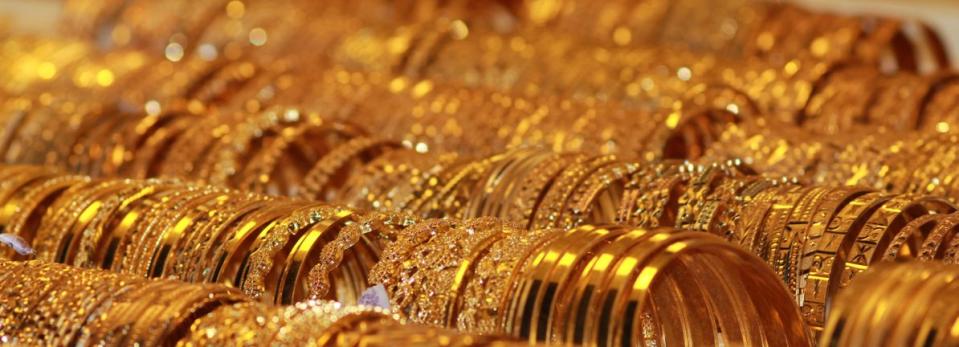Does Majestic Gold (CVE:MJS) Have A Healthy Balance Sheet?

The external fund manager backed by Berkshire Hathaway's Charlie Munger, Li Lu, makes no bones about it when he says 'The biggest investment risk is not the volatility of prices, but whether you will suffer a permanent loss of capital.' So it seems the smart money knows that debt - which is usually involved in bankruptcies - is a very important factor, when you assess how risky a company is. We can see that Majestic Gold Corp. (CVE:MJS) does use debt in its business. But the more important question is: how much risk is that debt creating?
When Is Debt A Problem?
Debt assists a business until the business has trouble paying it off, either with new capital or with free cash flow. Ultimately, if the company can't fulfill its legal obligations to repay debt, shareholders could walk away with nothing. However, a more usual (but still expensive) situation is where a company must dilute shareholders at a cheap share price simply to get debt under control. Of course, the upside of debt is that it often represents cheap capital, especially when it replaces dilution in a company with the ability to reinvest at high rates of return. The first thing to do when considering how much debt a business uses is to look at its cash and debt together.
Check out our latest analysis for Majestic Gold
How Much Debt Does Majestic Gold Carry?
The image below, which you can click on for greater detail, shows that Majestic Gold had debt of US$9.92m at the end of June 2020, a reduction from US$17.4m over a year. However, it does have US$22.6m in cash offsetting this, leading to net cash of US$12.7m.
A Look At Majestic Gold's Liabilities
The latest balance sheet data shows that Majestic Gold had liabilities of US$32.4m due within a year, and liabilities of US$4.50m falling due after that. Offsetting this, it had US$22.6m in cash and US$9.6k in receivables that were due within 12 months. So it has liabilities totalling US$14.3m more than its cash and near-term receivables, combined.
While this might seem like a lot, it is not so bad since Majestic Gold has a market capitalization of US$55.1m, and so it could probably strengthen its balance sheet by raising capital if it needed to. But it's clear that we should definitely closely examine whether it can manage its debt without dilution. While it does have liabilities worth noting, Majestic Gold also has more cash than debt, so we're pretty confident it can manage its debt safely.
On top of that, Majestic Gold grew its EBIT by 39% over the last twelve months, and that growth will make it easier to handle its debt. The balance sheet is clearly the area to focus on when you are analysing debt. But it is Majestic Gold's earnings that will influence how the balance sheet holds up in the future. So when considering debt, it's definitely worth looking at the earnings trend. Click here for an interactive snapshot.
But our final consideration is also important, because a company cannot pay debt with paper profits; it needs cold hard cash. Majestic Gold may have net cash on the balance sheet, but it is still interesting to look at how well the business converts its earnings before interest and tax (EBIT) to free cash flow, because that will influence both its need for, and its capacity to manage debt. Looking at the most recent three years, Majestic Gold recorded free cash flow of 21% of its EBIT, which is weaker than we'd expect. That weak cash conversion makes it more difficult to handle indebtedness.
Summing up
Although Majestic Gold's balance sheet isn't particularly strong, due to the total liabilities, it is clearly positive to see that it has net cash of US$12.7m. And we liked the look of last year's 39% year-on-year EBIT growth. So we are not troubled with Majestic Gold's debt use. There's no doubt that we learn most about debt from the balance sheet. But ultimately, every company can contain risks that exist outside of the balance sheet. Consider for instance, the ever-present spectre of investment risk. We've identified 2 warning signs with Majestic Gold , and understanding them should be part of your investment process.
When all is said and done, sometimes its easier to focus on companies that don't even need debt. Readers can access a list of growth stocks with zero net debt 100% free, right now.
This article by Simply Wall St is general in nature. It does not constitute a recommendation to buy or sell any stock, and does not take account of your objectives, or your financial situation. We aim to bring you long-term focused analysis driven by fundamental data. Note that our analysis may not factor in the latest price-sensitive company announcements or qualitative material. Simply Wall St has no position in any stocks mentioned.
Have feedback on this article? Concerned about the content? Get in touch with us directly. Alternatively, email editorial-team@simplywallst.com.

 Yahoo Finance
Yahoo Finance 
